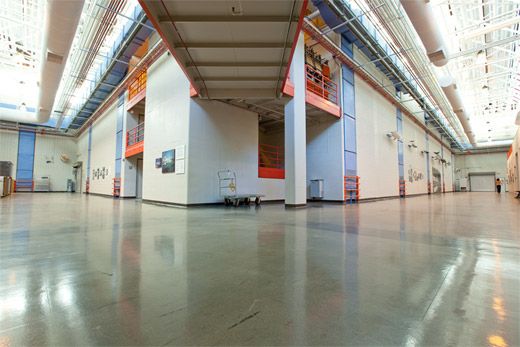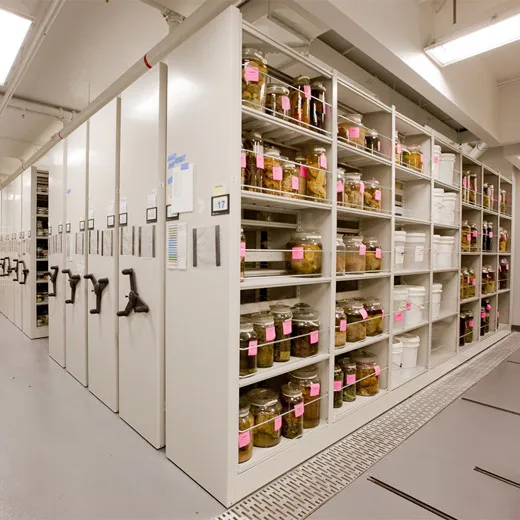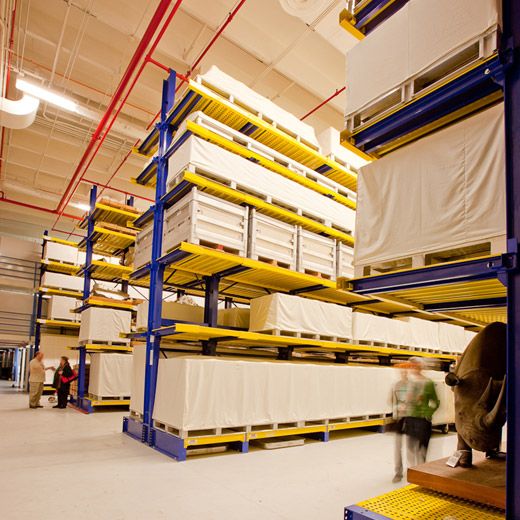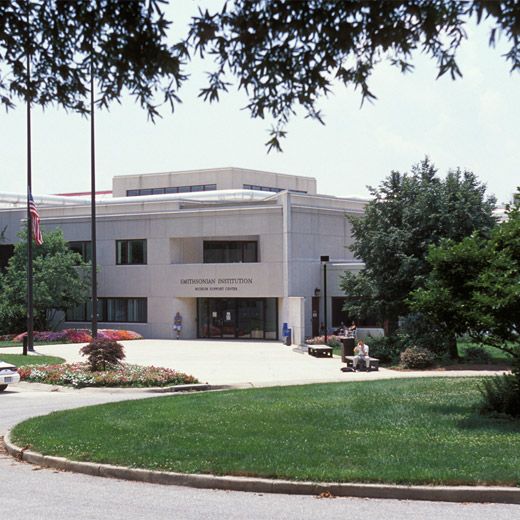Dan Brown’s Smithsonian: Fact or Fiction?
/https://tf-cmsv2-smithsonianmag-media.s3.amazonaws.com/filer/dan-brown-castle-main.jpg)
Towards the beginning of his new thriller The Lost Symbol, Dan Brown introduces his main character Peter Solomon, Secretary of the Smithsonian Institution. Peter's phone number is mentioned twice in two pages (a detail that struck this reader as odd). And if by chance you should happen to call the number, as I did, your call will go directly to a hauntingly realistic voicemail—"Hello. You've reached Peter Solomon…."
Typical Dan Brown.
The bestselling writer is notorious for blurring the boundary between fact and fiction, and his latest book is no exception. The Smithsonian plays a dominant role in the plot. A major character works at the Smithsonian's Museum Support Center in Suitland, Maryland. The true-life address of that facility is even revealed. And he includes brief forays into the architecture and history of the Castle and the story of founder James Smithson.
So naturally (the magazine has schooled me well in fact checking), I thought I'd look into some of the details included in the book. How accurately did Brown describe the Smithsonian?
Fact or fiction?
1.Dan Brown asserts that the Museum Support Center, a storage center for objects in the Smithsonian collection not on display, houses more pieces than the Hermitage, the Vatican Museum and the New York Metropolitan, combined.
Fact: The MSC houses 55 million objects and specimens. Some quick sleuthing on the web sites of the Hermitage, the Vatican Museum and the Met reveal that the total number of objects in their collections, combined, is less than 10 million.
2. In the story, the MSC is a zigzag-shaped building and includes five connected pods—each larger than a football field.
Fact: Each pod is three stories high, and in addition to the pods, there is a wing with labs and offices. The pods are referred to by number, as Brown does in the book, but he took some liberties with their uses.
3. The "wet pod," with its many jarred specimen, houses over 20,000 species.
Fact (sort of): The operative word here is "over." Brown was a little off. I checked in with MSC. Try about 212,000 species.
4. The MSC contains, in its holdings, poisoned darts from New Guinea, handwritten codices, a kayak made of baleen and extinct flowers.
Fiction: This may be splitting hairs, but a source at the MSC says that Brown was shown poison darts from Ecuador on the tour he took of the facility in April 2008. They have a few blowgun darts from New Guinea, but they do not know if they are poisoned. Also, some handwritten Islamic and Buddhist manuscripts, prayer books and Korans, all from the 19th and 20th centuries, are kept there. But they don't really fit the definition of a codex. The facility reports having no kayaks made completely of baleen and says that extinct flowers are kept in the herbarium at the National Museum of Natural History. He did, however, get it right in saying that the MSC has meteorites, a collection of elephant skulls brought back from an African safari by Teddy Roosevelt and Sitting Bull's pictographic diary.
5. Only two percent of the Smithsonian's collection can be displayed in the museums at any given time; the MSC stores the other 98 percent.
Fiction: The Smithsonian, as a whole, displays less than two percent of its collection, estimated at the end of 2008 to be 136.8 million items. And the MSC stores more like 40 percent of the collection, while the rest of the objects not on display are housed behind-the-scenes in the museums (about 58 percent at the Natural History museum) or other off-site storage facilities.
6. The Smithsonian Castle, located on the National Mall, is a blend of Gothic and late Romanesque architecture—basically, a quintessential Norman castle, like those found in England at about the 12th century.
Partly Fiction: Though influenced by the Gothic, Romanesque and Norman styles, the building is a 19th century hybrid, a romanticized Victorian era mix that was meant to be a new "national style" of architecture, according to Richard Stamm, curator of the Castle collection.
7. The Castle once had two resident owls, named Diffusion and Increase.
Fact: Secretary S. Dillon Ripley (1964-84) had a pair of barn owls housed in one of the towers. He hoped that they would produce offspring (increase), explains Stamm. They did, but they "flew the coop" (diffusion) when the windows were opened to let the owls fend for themselves. Ripley named the adult pair Increase and Diffusion in reference to the Smithsonian's mission, "for the increase and diffusion of knowledge."
Interested in more about Dan Brown's Washington? Read about the Masonic temple that features heavily in the novel.
/https://tf-cmsv2-smithsonianmag-media.s3.amazonaws.com/accounts/headshot/megan.png)




/https://tf-cmsv2-smithsonianmag-media.s3.amazonaws.com/accounts/headshot/megan.png)